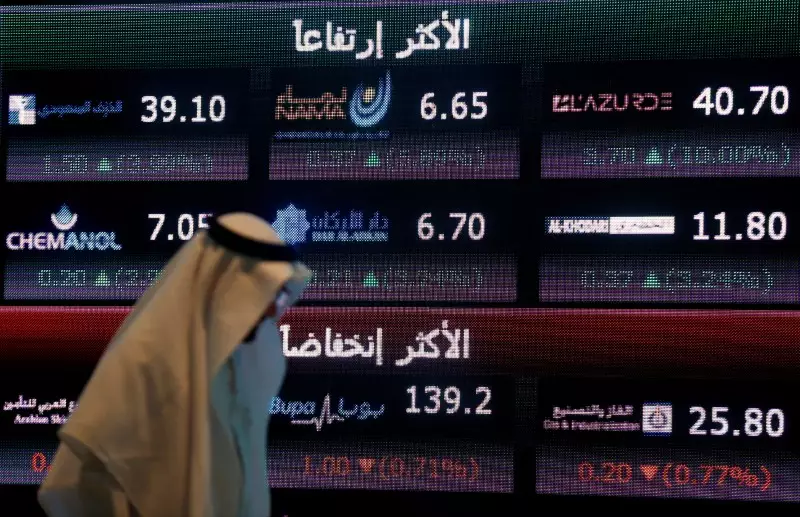On Sunday, the Saudi Arabian stock market demonstrated notable resilience, with the Tadawul All Share Index closing up by 0.28%. This increase reflects buoyant activity, particularly in the Real Estate Development, Insurance, and Energy & Utilities sectors. Such a performance indicates a growing investor confidence, perhaps driven by optimistic economic outlooks or positive sector-specific developments.
The standout performers during the trading session were predominantly from the insurance and development sectors. BURUJ Cooperative Insurance Co. exhibited remarkable growth, soaring nearly 10%—a significant uptick that brought the share price to 20.10. Similarly, Arriyadh Development Company not only lifted its valuation by 9.34% but also achieved a five-year peak, a seldom-seen milestone that resonates positively with investors looking for long-term growth potential.
Losers and Market Dynamics
However, the day was not solely marked by winners. Al Baha Investment and Development Company experienced a downturn, falling by 4%, indicative of potential investor concerns or negative market sentiment surrounding the company. Additionally, notable declines were observed in Saudi Cable Company and Almarai Company, with decreases of 2.94% and 2.46%, respectively. These fluctuations in stock prices highlight the competitive nature of the market where even prominent companies are susceptible to shifts in investor sentiment and market conditions.
Interestingly, the overall market sentiment was skewed toward the positive side, as the number of advancing stocks outnumbered those in decline by 182 to 121, suggesting a healthy market breadth. Such balance is critical in sustaining momentum in a stock market, where a few stocks can heavily dictate overall index movement.
Commodities and Currency Prices
Turning to the commodities market, the price of crude oil exhibited a slight increase, with futures for February delivery climbing by 0.92%. This rise underscores the commodity’s pivotal role in the Saudi economy, which is heavily reliant on oil revenues. In contrast, Brent oil prices remained stable, a sign of market consolidation amid fluctuating global demand and production adjustments.
Gold, on the other hand, did not fare so well, with February futures slipping by 0.66%. This decline could be attributed to several factors, including shifts in investor appetite away from safe-haven assets amid positive sentiment in equities. Moreover, currency movements also reflected market dynamics, with the euro gaining slightly against the Saudi riyal while the US dollar maintained its value. These foreign exchange trends can have significant implications for trade and investment flows in the region.
The Saudi stock market’s recent performance illustrates a complex interplay of growth and decline across various sectors. While the gains in real estate and insurance are promising, the losses in established companies highlight the market’s inherent volatility. Investors would be prudent to exercise caution and thorough analysis, particularly given the fluctuating backdrop of global commodities and currency markets. Ultimately, the resilience shown by the Tadawul All Share serves as a reminder of both the opportunities and challenges that lie ahead in an ever-evolving economic landscape.

